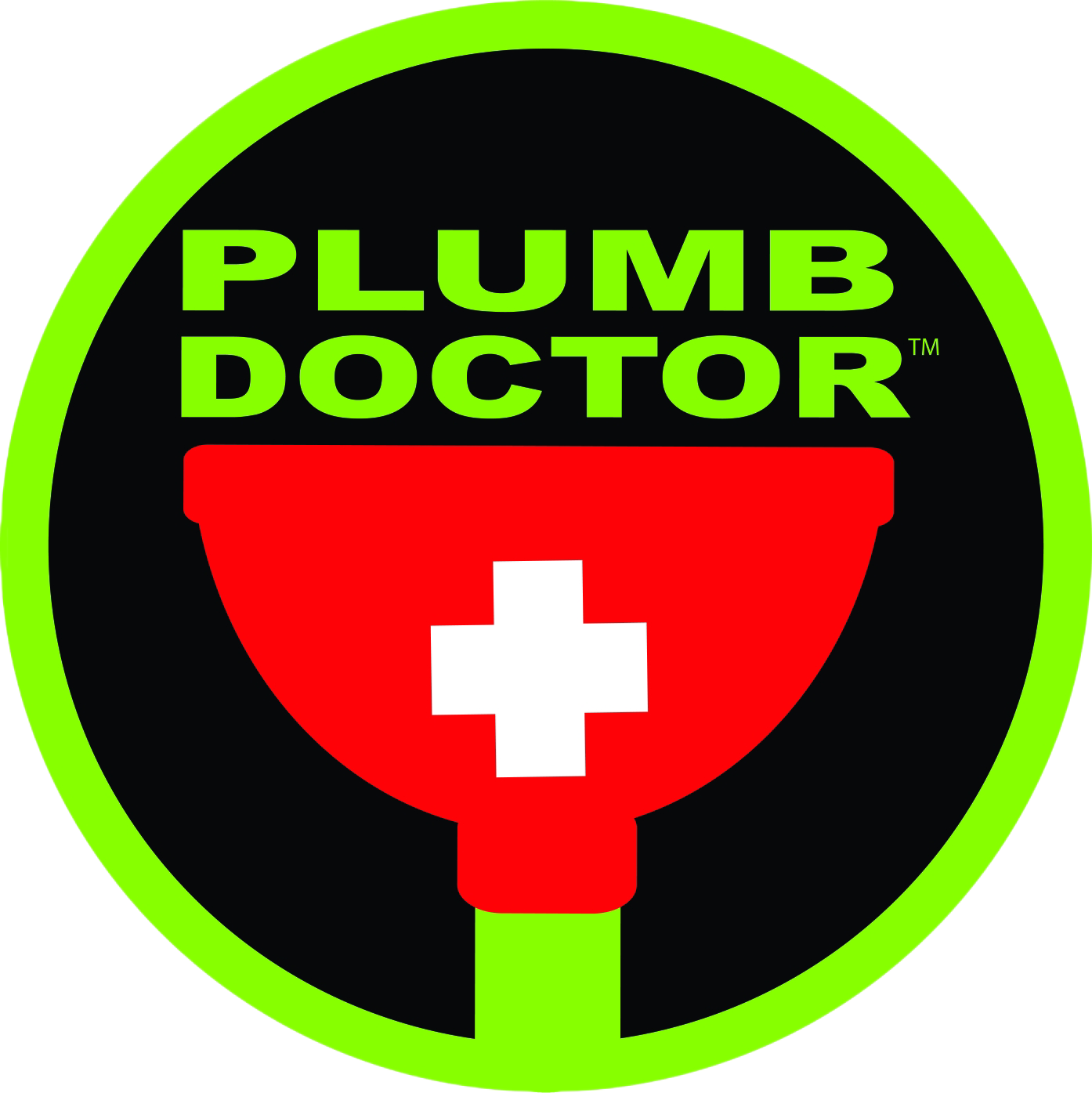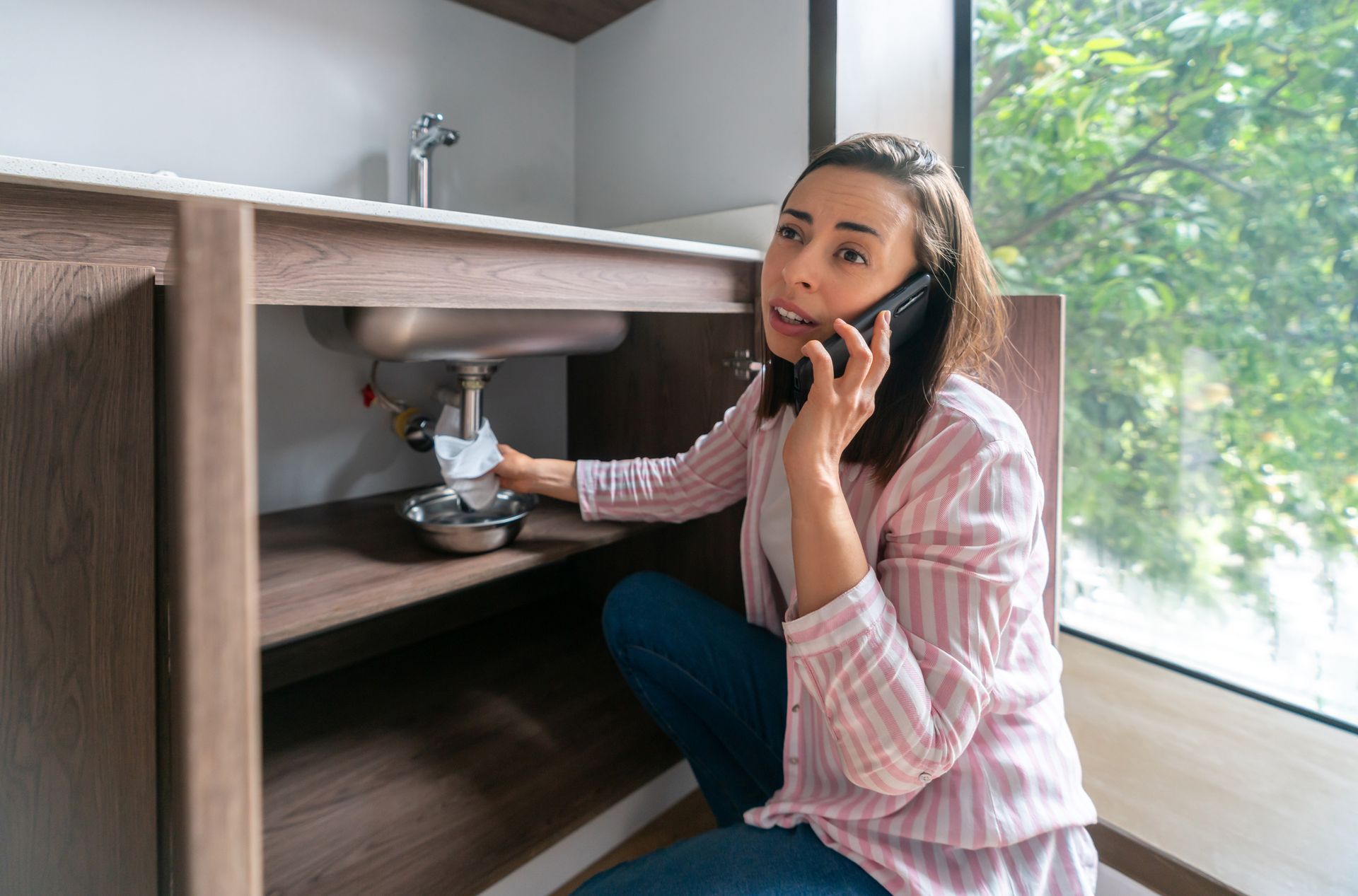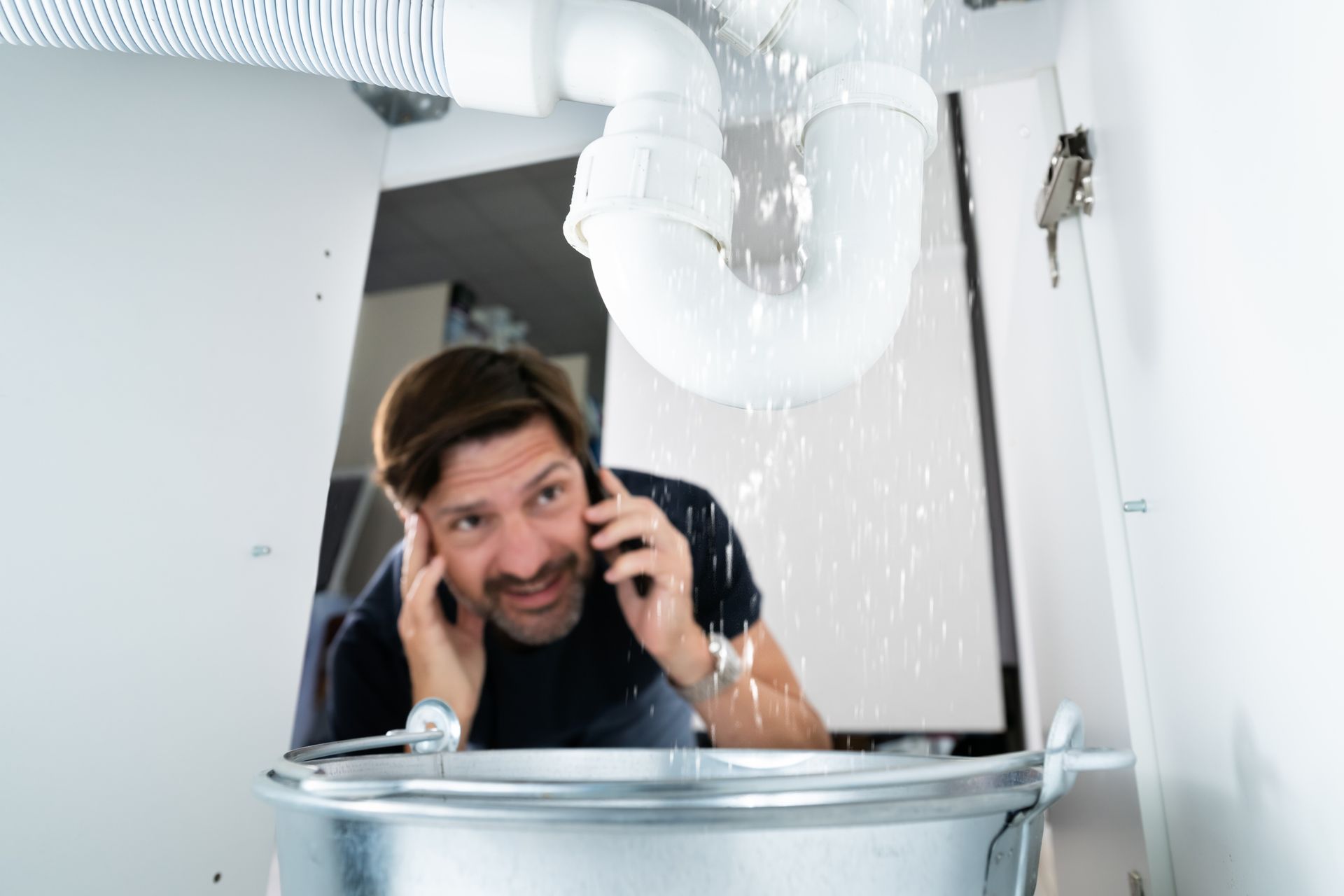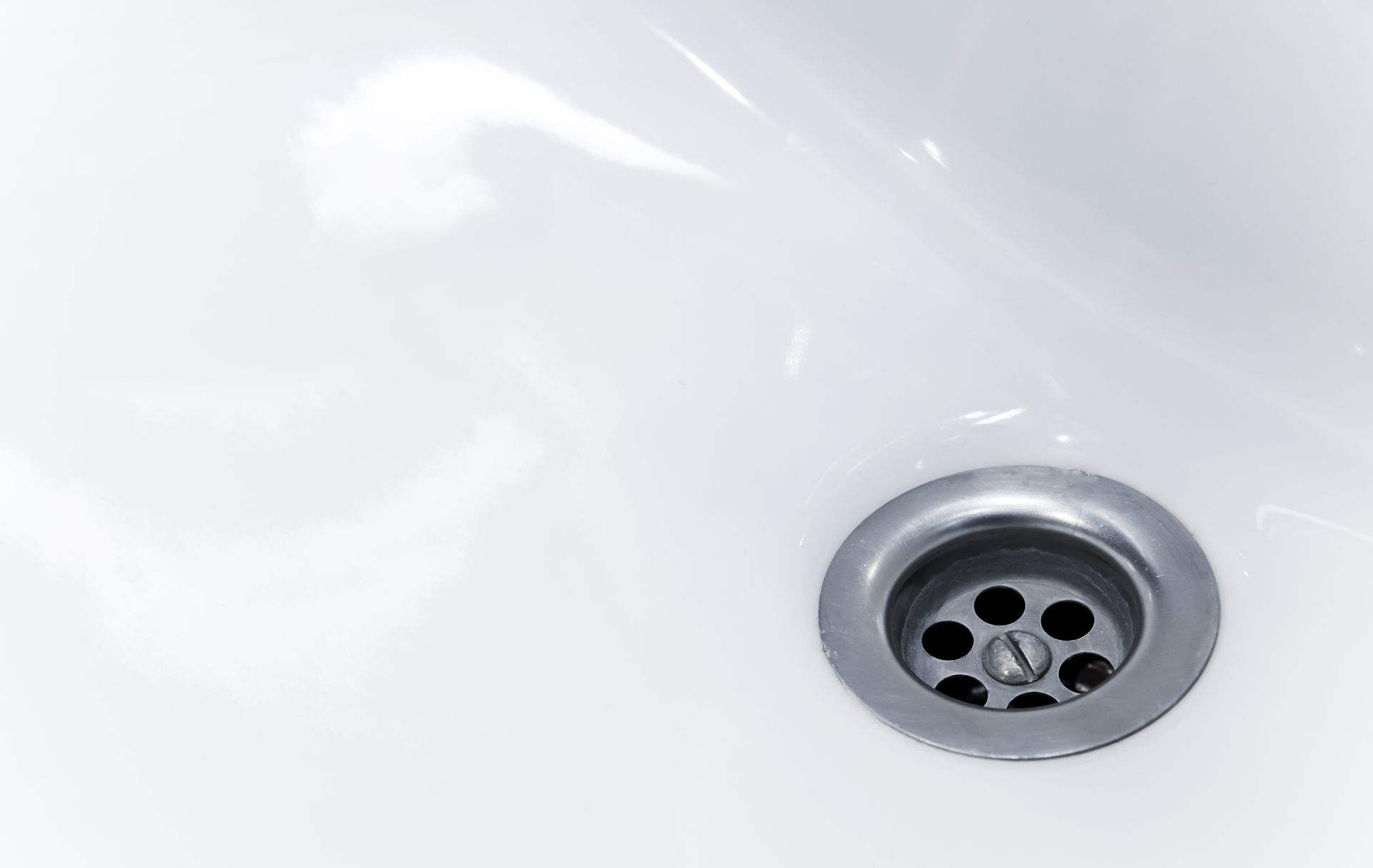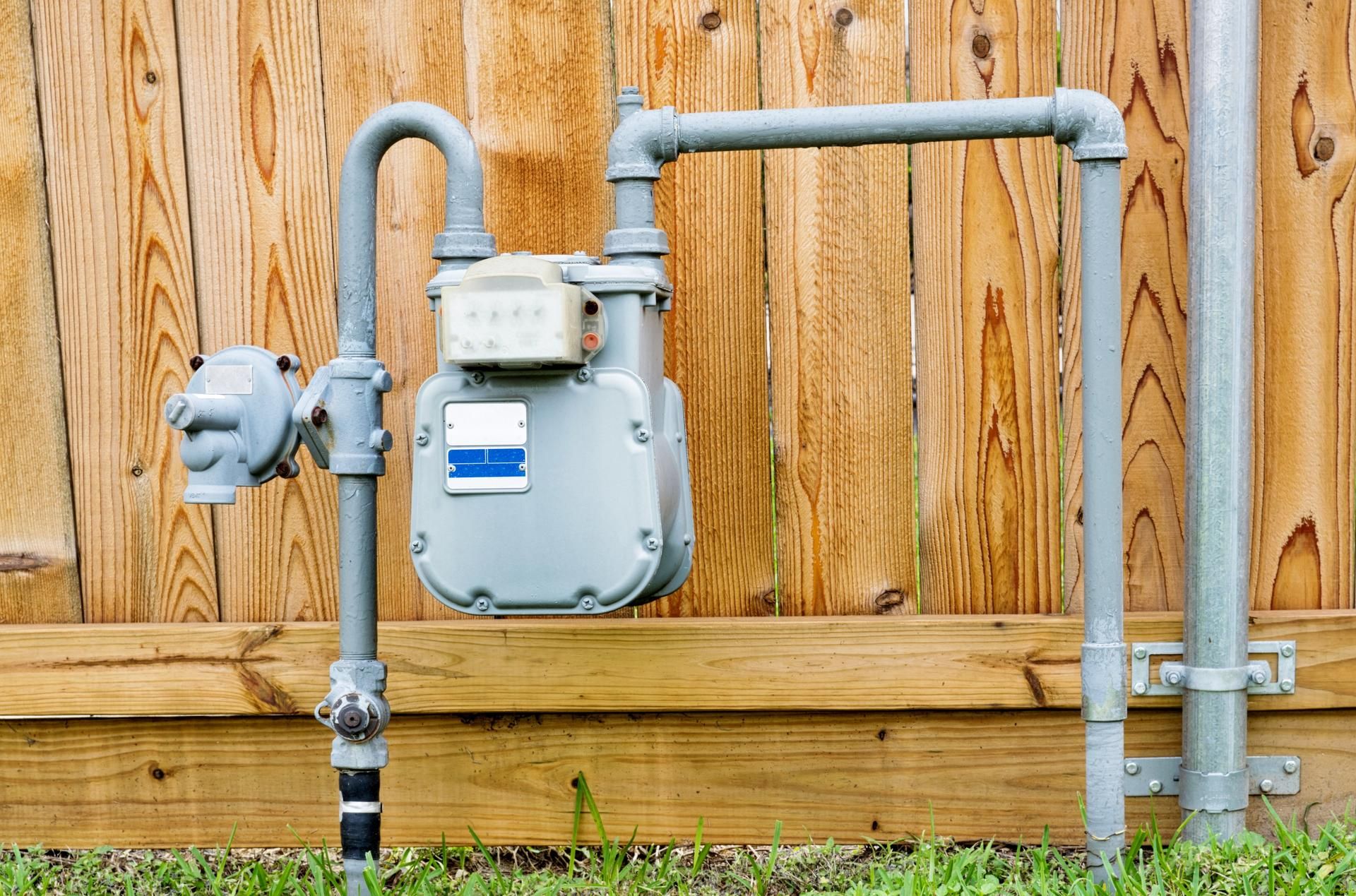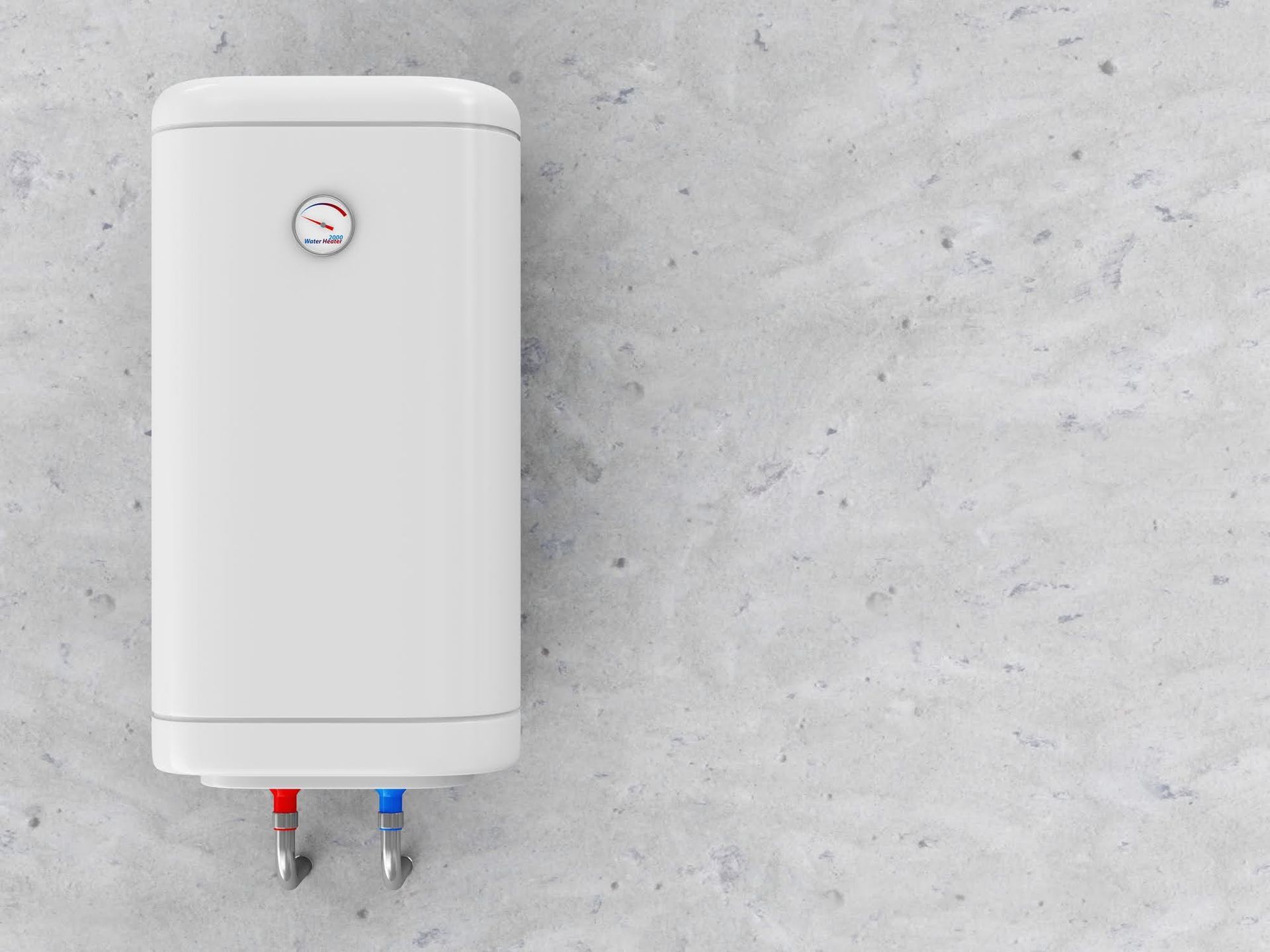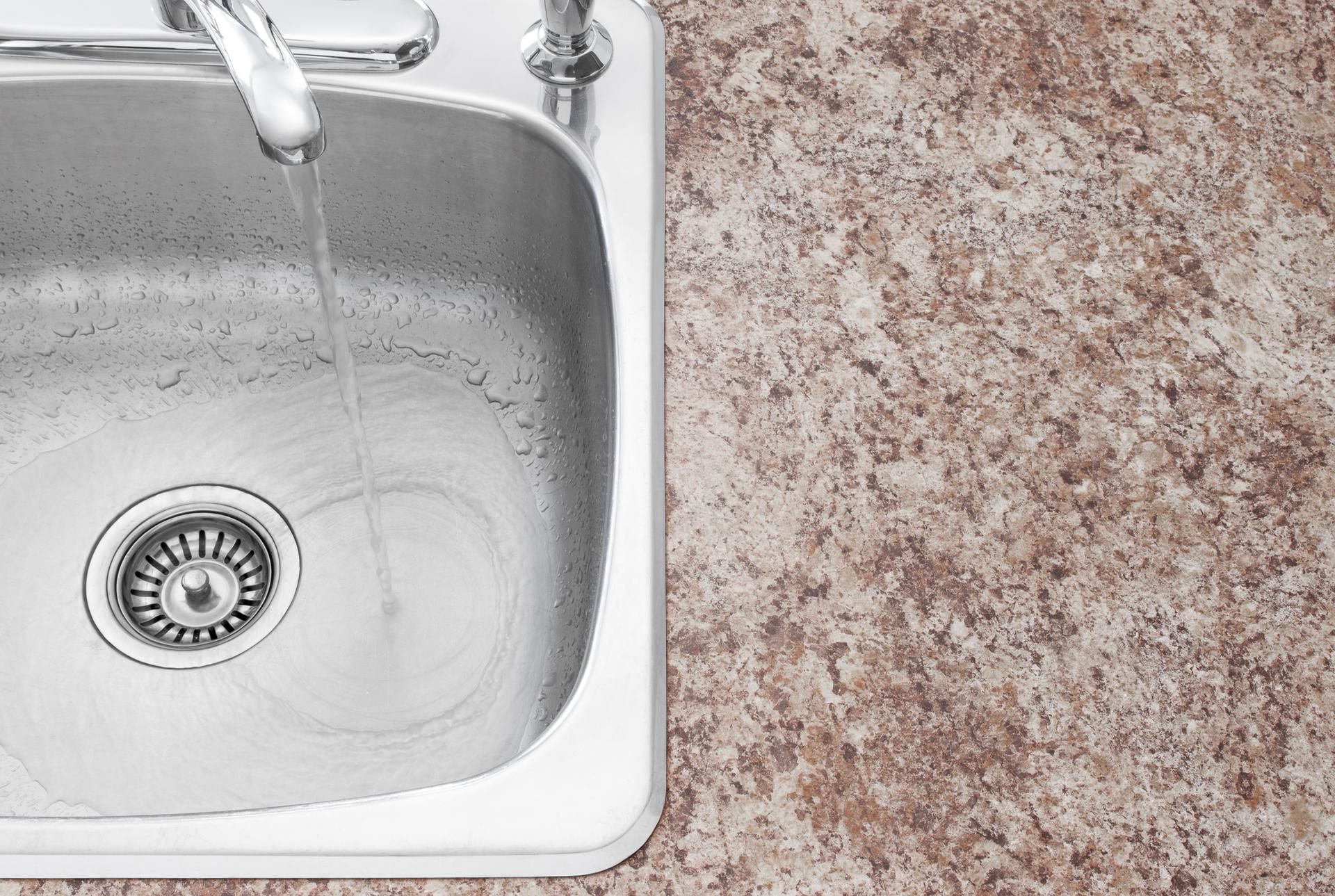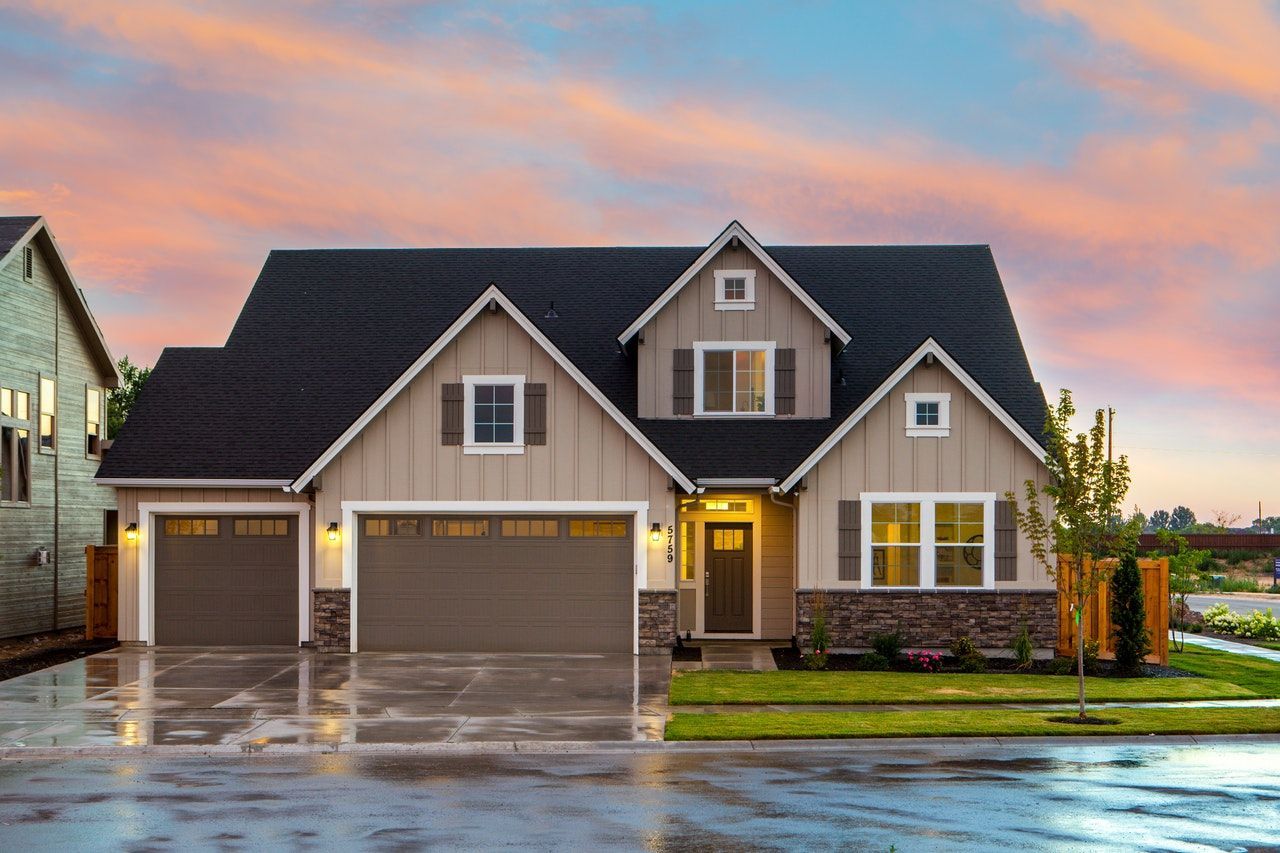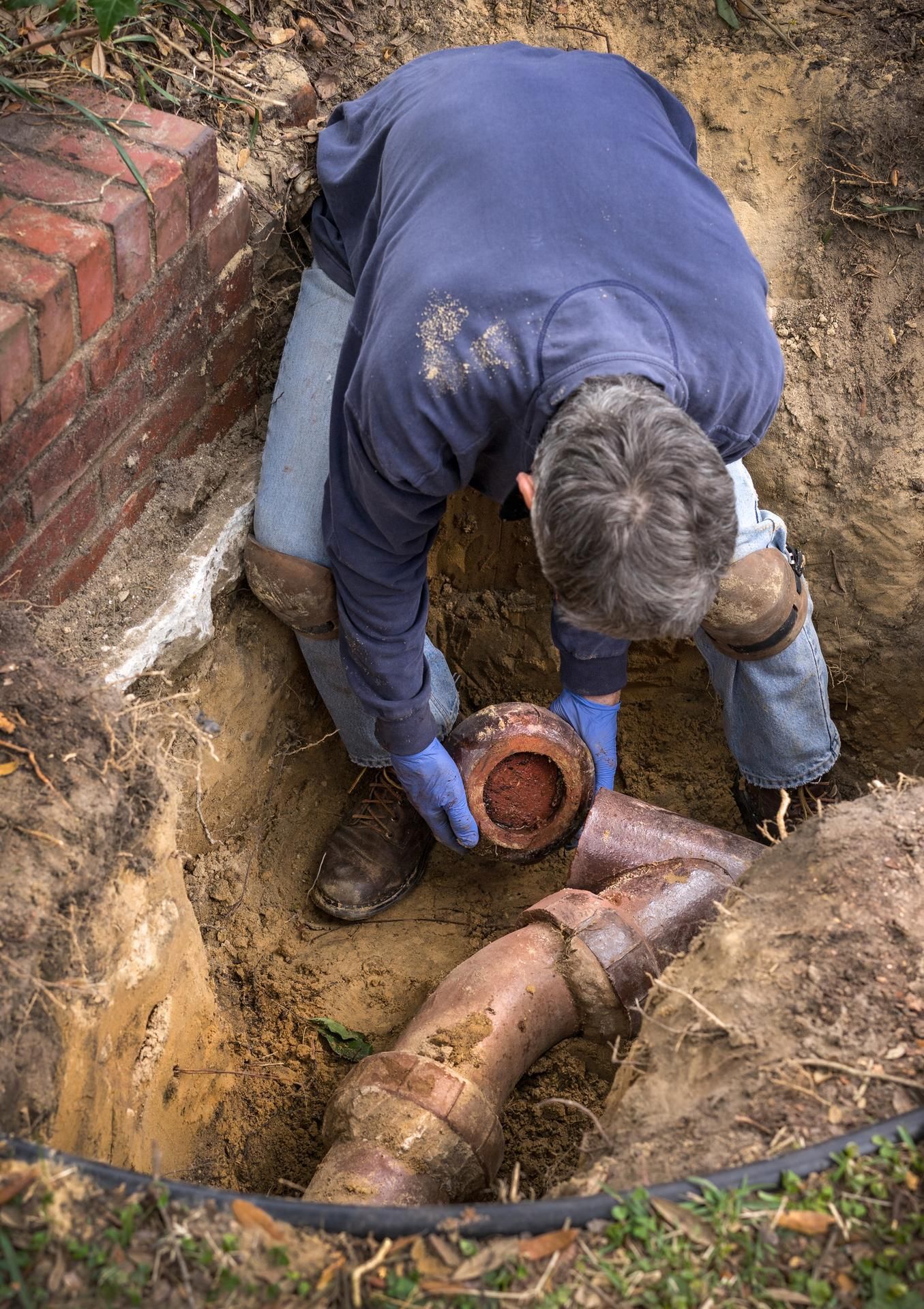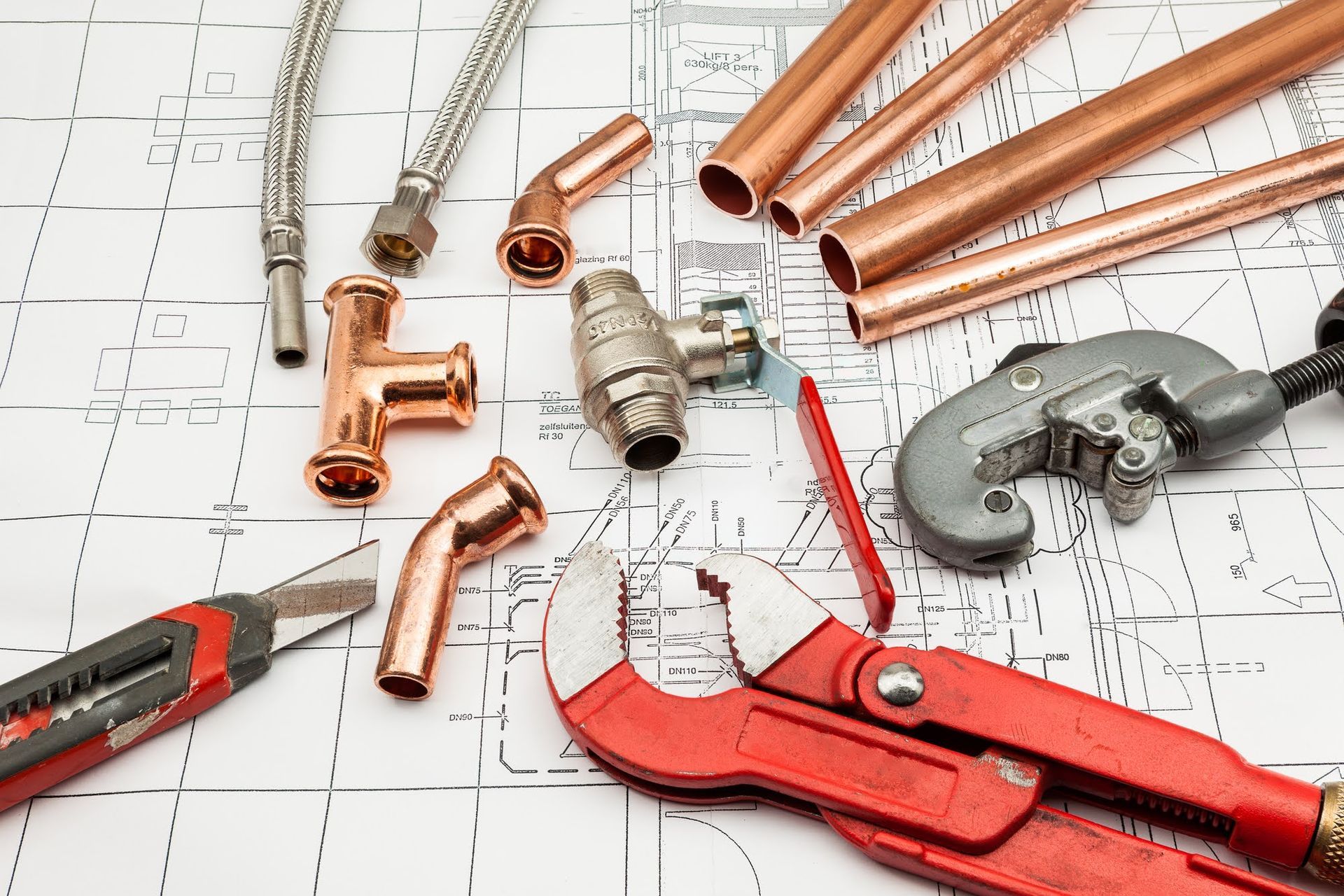What to Do About Frozen Pipes: A Homeowner’s Survival Guide
Frozen pipes are a common and frustrating winter problem, especially in regions with consistently cold temperatures. When the water in your pipes freezes, it expands, which can lead to blockages, cracks, or even bursts that cause extensive water damage. Acting quickly to address frozen pipes is essential for protecting your home and avoiding costly repairs. If you suspect your pipes have frozen, follow these steps to resolve the issue safely and prevent it from happening again in the future.
Identifying Frozen Pipes
The first step in handling frozen pipes is determining whether they are, in fact, frozen. One of the clearest indicators is reduced or no water flow when you turn on a faucet. If only a trickle comes out or nothing flows at all, the water in the pipe has likely frozen.
You may also notice visible frost on exposed pipes in unheated areas like basements, crawl spaces, garages, or attics. If you hear unusual noises, such as clanking or gurgling, when turning on the water, that’s another sign of ice blockages. Finally, a noticeable odor coming from drains could indicate that frozen water is preventing proper drainage. Once you recognize these warning signs, it’s time to act fast.
Turning Off the Water Supply
Before attempting to thaw frozen pipes, turn off your home’s main water supply. This precaution is critical because if the pipe has cracked or burst, thawing the ice will release water that can quickly flood your home. The main water valve is usually located near your water meter or where the main line enters the house.
Once the water is turned off, open all the faucets in your home. This will relieve pressure in the pipes and allow any remaining water to drain, reducing the risk of further issues as you begin thawing.
Knowing When to Call a Professional
In many cases, frozen pipes may be difficult or dangerous to handle on your own. If you cannot locate the frozen section, if the pipes are hidden behind walls, or if your attempts to thaw them are unsuccessful, it’s time to call a plumber.
Additionally, if you discover a burst pipe while thawing, shut off the water immediately and contact a professional. A burst pipe can release gallons of water into your home within minutes, leading to water damage that requires urgent attention. Professional plumbers have the tools and expertise to address the issue quickly and safely.
Preventing Frozen Pipes in the Future
Once you’ve resolved the problem, take steps to prevent frozen pipes in the future. Insulate pipes in unheated or exposed areas with foam sleeves or heat tape to keep them warm during cold weather. Keep your home heated consistently, even when you’re away, and set the thermostat to prevent freezing.
On particularly cold nights, leave faucets connected to vulnerable pipes slightly open, allowing a small trickle of water to run. Moving water is less likely to freeze, and this simple action can reduce the risk of ice blockages. Sealing any gaps or cracks around windows, doors, and exterior walls can also help keep cold air out. For outdoor fixtures, disconnect hoses and shut off water to prevent freezing in exposed pipes.
Frozen pipes are more than a seasonal inconvenience; they pose a real risk of costly and damaging water leaks. Acting quickly to identify and address frozen pipes is essential for protecting your home. By shutting off the water supply, safely thawing pipes, and seeking professional help when needed, you can mitigate the damage and restore normal water flow. Taking preventive measures, such as pipe insulation and consistent home heating, will ensure you avoid the problem altogether in future winters. With preparation and the right approach, frozen pipes don’t have to turn into a homeowner’s worst nightmare.
For more info, contact us at Plumb Doctor.
